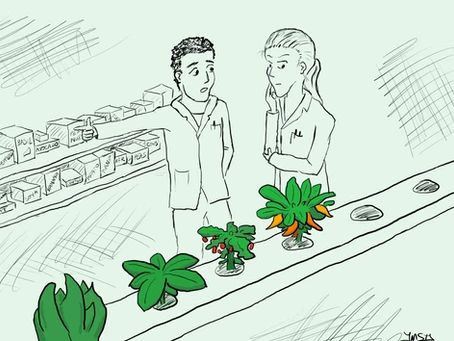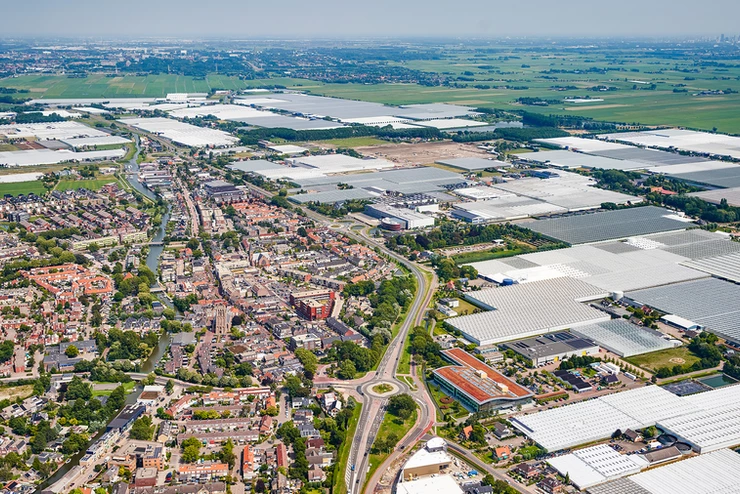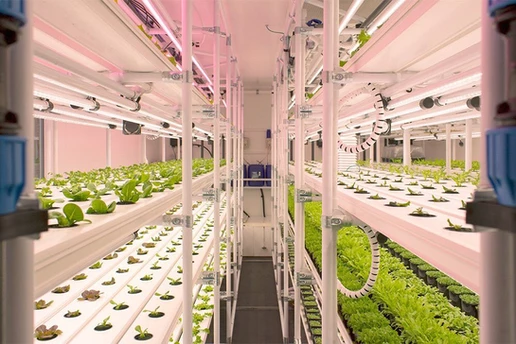*Total Controlled Environment Agriculture
What if I told you that the British berries market is worth over 1.7 billion? That is amazingly massive. Stop for a minute and actually take that in. This essentially equates to a whopping 239,243 tons of berries, equivalent in weight to 114 London Eyes; can you believe that?
Good news for you, I have amassed all the information as a part of my PhD research and have summarised some of the information into a concise and easy to digest read. I hope 😉
But what about the strawberries in particular? Well again, good news for you, here is a bite sized summary of the worldwide overview of strawberries.
Worldwide production of strawberries
The most recent data from FAOSTAT (Food and Agriculture Organization of the United Nations), reveals that the production of strawberries across the world was more than 8.89M tons in 2019. Between the five continents, the vast majority of strawberries produced globally is in Asia, which produced 4.17M tons in 2019: that’s the equivalent in weight of the weight of 8.34 Burj Khalifa buildings in strawberries. In second position we have America with 2.24M tons – the equivalent of 82 Statues of Liberty and third is Europe with 1.75M tons with the equivalent of 173 Eiffel Towers. Fourth and fifth are Africa with 649.21K tons the equivalent to one eighth of the Great Pyramids being filled with strawberries and Oceania with 72.61K tons which is the equivalent of half the Sydney Opera house being filled with strawberries.
I hope you appreciate what I tried to do there: putting these massive strawberry productions into context compared to some of the largest land masses or super structures humans have ever engineered to show the sheer magnitude of these strawberries. The production (and consumption) worldwide is no small feat of human ingenuity. Hopefully the graph below gives a good visualisation of this.
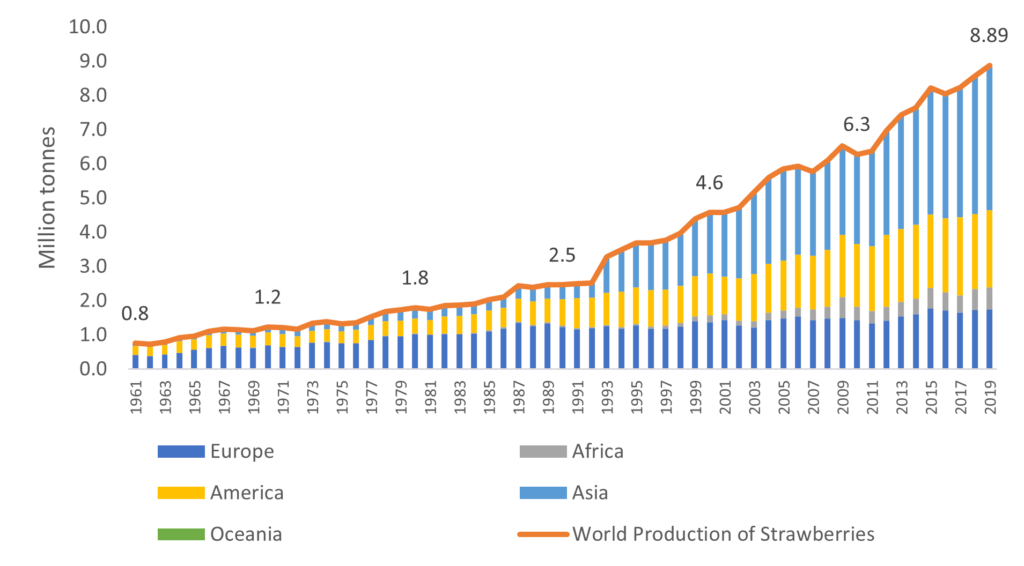
If we have a look at what happened between the years 2009 and 2019 (data according to FAOSTAT (2021)), production of strawberries globally increased by the impressive percentage of 36.21% from 6.5M tons to 8.9M tons You would expect that this increase in production would be reflected on the use of land, but it is not. The cultivated area of strawberries has increased only by 23.28% from 321.5K ha to 396.4K ha during this time – equivalent to 160,500 football fields of land mass.
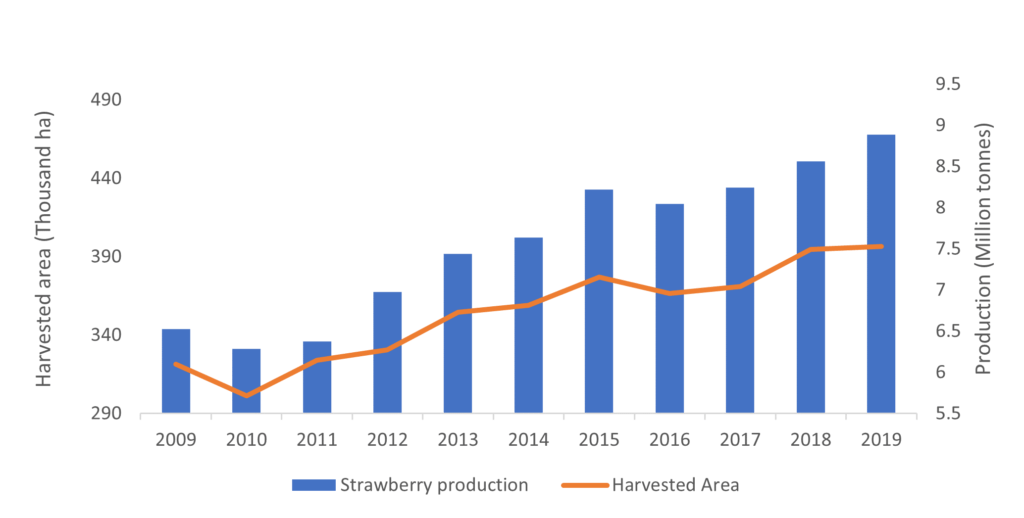
So I hear you ask: How on earth have farmers manged to increase their yields? There are big differences between the five continents, so we cannot really attribute the increase of yield with less available land to a single and specific factor. But, as the available land for agriculture is limited, we could speculate that the strawberry farmers are becoming masters of the strawberry cultivation. Some of the factors of the high yield with less use of land could be:
- The expansion of the use of protection (plastic polytunnels and glass).
- New cultivation practices are adopted, like soilless and/or table-top cultivation and forcing of plants.
- A greater understanding of the physiological behaviour of the plants.
- The use of new varieties which are created with resistance to pest and diseases, or with low-chilling cultivars.
- The choice of a combination of June-bearing, Ever-bearing and Day-Neutral plants for cultivation in appropriate climate and soil conditions.
- Better understanding of the importance of propagation material and plant type.
- The usage of appropriate agro-chemicals at the right timing.
These are by no means the only factors, but probably cover the majority of causalities impacting yield growth. If you can think of more, please get in touch. 😊
Top 20 strawberry producing countries in the world
Now we know about the continents, and how many strawberries each continent is producing, which are the top 20 individual countries with the highest strawberry production?
We find China at the first position with 36% of the world production for the year 2019. China managed to increase its strawberry production from 1.8M tons of strawberries in 2009 to 3.2M tons in 2019. Other countries which impressively increased strawberry production are Mexico which from 233K tons in 2009 reached 861K tons in 2019 and Turkey increased from 292K tons in 2009 to 487K tons in 2019. Even if not so dramatic in its yield increase over the decade, the United States grows the second-most strawberries in the world with 1M tons in 2019 (was 1.2M tons in 2009).
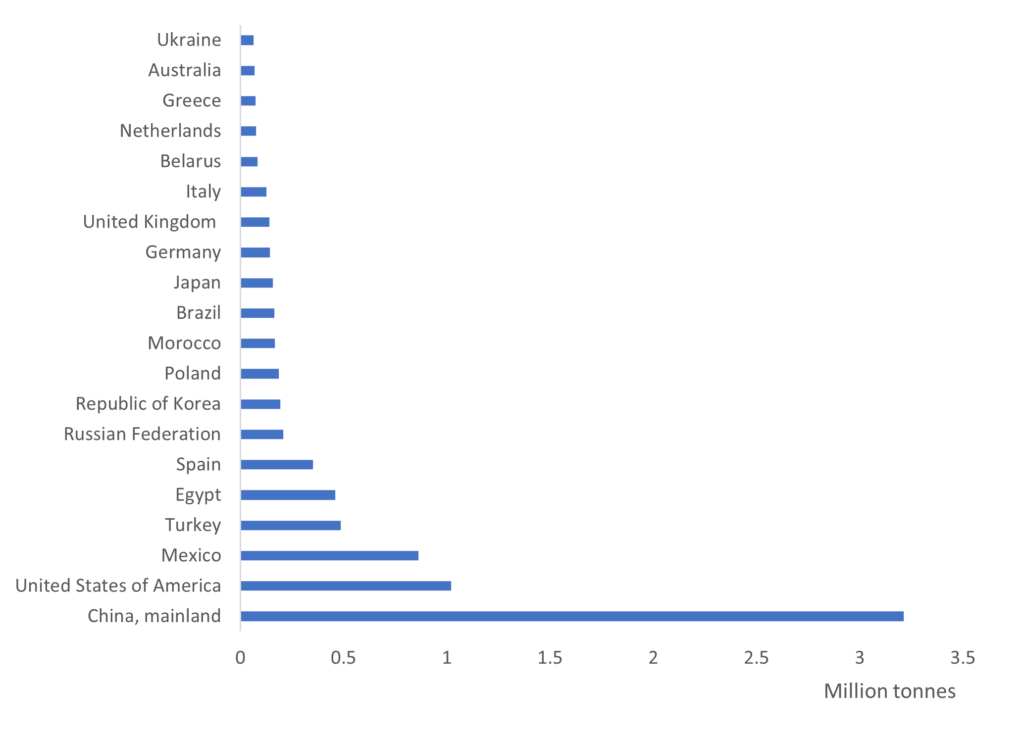
What happens in Europe?
In Europe, Spain is the Queen of strawberries. Now some of you may think, why did I state Queen when you may think the first thing to state would be King of strawberries. Well, I was actually writing this with my Greek (mother tongue) in mind and Spain is actually a female noun in the Greek language and anyway, Queen is still the top position even in the UK (long live Queen Elizabeth). In 2009 Spain was producing more strawberries than any other European country with 266K tons. But when we fast forward ten years in 2019 Spain produced around 351K tons of strawberries, that’s almost 100K tons more production in only a short period of time. The Russian federation was the second in Europe producing 209K tons of strawberries in 2019, and in third and fourth position we find Germany and Poland with 144K and 185K tons, respectively. The UK was the fifth country in Europe with 141K tons for the year 2019. Quite impressive if we consider that the UK’s climate might not be ideal for strawberry production.
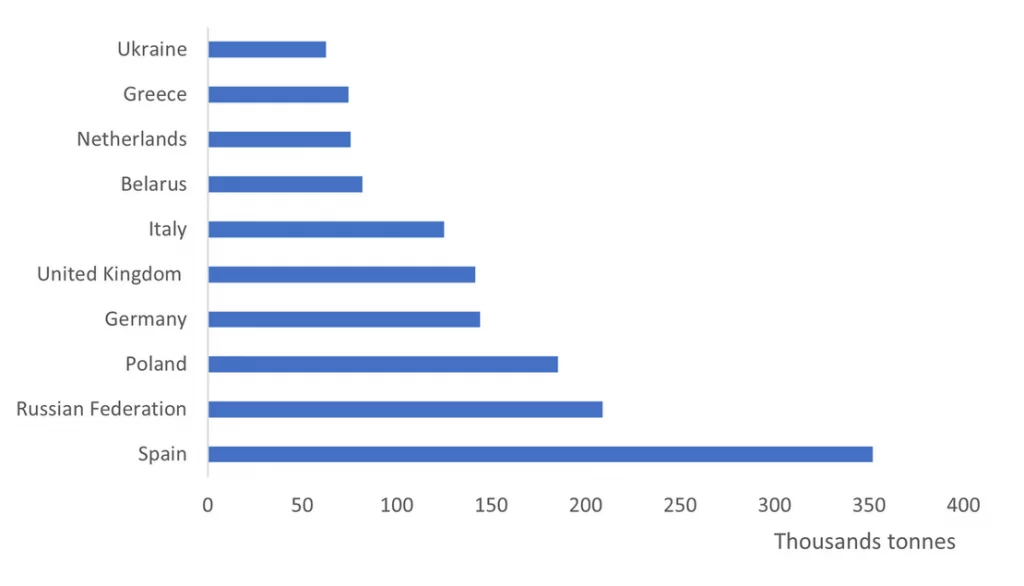
Strawberry demand and supply in UK
In the UK, soft fruits – mainly strawberries – were historically grown and consumed in mid-summer and the production was primarily from home-produced (or UK-produced) strawberries, with very limited imports. Based on the Basic Horticultural Statistics published by DEFRA (2013) and the Latest horticulture statistics (2020) in 1988 the UK supply of strawberries was 63.5K tons, with 28% of the total strawberry supply imported. By 2019, strawberry consumption had increased to 196.7K tons, up 210% from 1988, and of which 72% were grown in the UK, 30% were imported and 2% were exported.
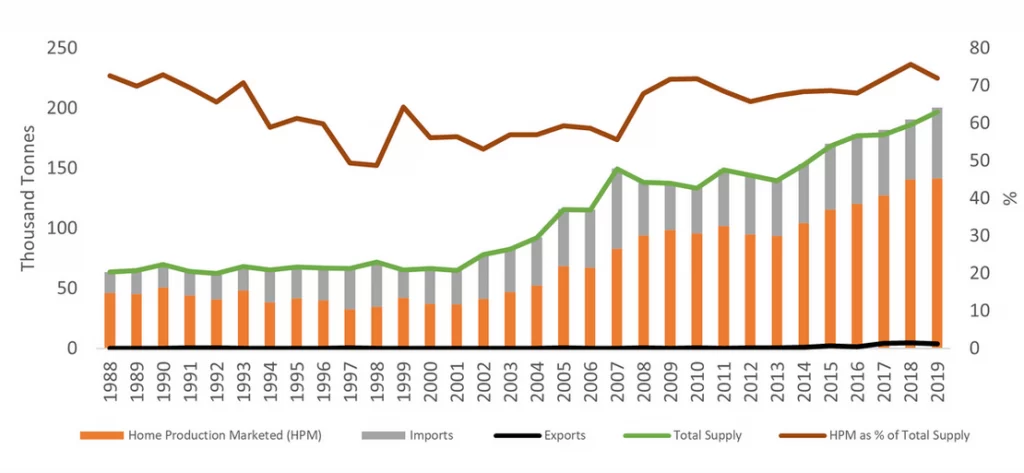
Over the past two decades, the production of the strawberries in UK has increased significantly to satisfy consumer demand, from 37.3K tons in 2000 to over 141.6K tons in 2019. This is an impressive 279% increase in the home-grown production of strawberries from 2000 to 2019. While the average number of imported strawberries has remained pretty stable at an average 50.6K tons, the percentage of home production has increased, from 56.1% in 2000 to 72% in 2019, to reflect the high increase of demand.
Can the UK increase further its strawberry production?
A survey of 43 strawberry growers in 2009, confirmed that seasonality of the crop is a limiting factor for UK strawberry production. The participants of the survey highlighted that based on the use or not of protection (plastic or glass) the seasonal peak for strawberries can vary from only two months to six months maximum. Based on the same survey, larger businesses tend to use protection and choose to grow Everbearing cultivars. Lower numbers of smaller businesses use protection and tend to prefer June-bearing varieties. The survey found that the UK home production is limited for the months April, November and December, while there is no production at all available from January to March mainly due to the UK climate.
Can UK consumers rely more on home produced strawberries all-year-round? Can the six month of low production or limited production be replaced with a 12-moths production of strawberries?
The protected growing of strawberries can extend significantly the home production of the strawberries, but at the moment is not sufficient to cover the demand of the UK consumers. This gap in the market attracted investment interest and there were some high-tech heated glasshouse installed last year in the UK. More glasshouses are needed in the UK to satisfy the strawberry demand and until that is done, the UK will have to rely on strawberry imports from other countries such as Spain, Israel, Morocco and Egypt. But the quality of fruit is not usually up to the standards which UK consumers are used to. For example, if you go to the local supermarket during the months of February or March, the imported strawberries which are available will be far less appealing as they tend to be less sweet and less juicy (due to cultivar selection that can last longer in supply chain) potentially misshapen, with large sepal and usually with mechanical injuries. During these months I don’t really buy strawberries, unless my recipe demands strawberries 😊).
What I am very much fascinated to explore, is whether the UK strawberry supply would benefit by the introduction of a Total Controlled Environment Agriculture (TCEA) cultivation practices. For example, in Paris (Agricool) and NY (Oishii Berries) have started supplying the market with TCEA strawberries. Driscoll and Plenty recently announced collaboration to grow strawberries indoors. Is UK ready for TCEA strawberries? This might be something to think about and also how will it fit in with the increasing demand and maybe need for more human ingenuity? Needless to say it’s an exciting time to be involved in the production of strawberries and the future looks vastly interesting (and tasty) with applications going further than we could potentially think.
What do you think? Is there room in the market for strawberry TCEA production?
To share your thoughts, email me at 19303000@live.harper.ac.uk
The author:
Katia Zacharaki MSc, MBA, PhD Student at HAU
Plant Scientist
How to cite this blog:
Zacharaki K. 2021. ‘What is the role of TCEA in the worldwide strawberry product?’ [Blog] UKUAT, Available at: https://www.ukuat.org/post/what-is-the-role-of-tcea-in-the-worldwide-strawberry-product


